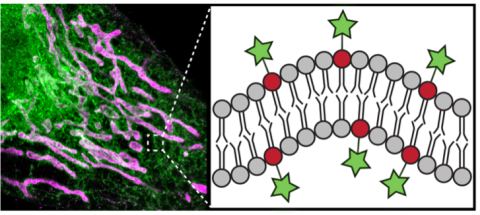Research Areas
The Department of Chemistry is the only department that has existed for the entire history of UNH; we have a long-standing tradition of achievement in the molecular sciences. Our vision for the future is not confined by the traditions of the past. We work to combine approaches and interface with other disciplines where interesting chemical questions exist. Our continuing commitment to quality and innovation is reflected in the multifaceted research themes of the Department:
Analytical Methods & Methods Development (AM&MD)
This research effort develops tools and methods to analyze, characterize, manipulate, and sense molecules, ions, and small particles, especially as related to toxins, environmental species, and materials.
Bio-inspired Chemistry and Chemical Biology (BIO)
In these areas, expertise from inorganic/organic synthesis, analytical chemistry, and biochemistry are applied to biological systems at the molecular and macromolecular levels as well as in whole cells.
Chemistry Education Research (CER)
We are one of the few Chemistry Departments in which multiple faculty members perform Chemistry Education Research—combining disciplinary expertise with methodologies/models from education, the learning sciences, and psychology to better understand and improve chemistry teaching and learning.
Energy & Environmental Science (EN&ENV)
These areas make use of synthetic, physical, and analytical chemistry to molecularly harness energy from sunlight and to probe/sense trace species in, and potential chemical threats to, the environment.
Macromolecules, Materials & Nanoscience (MM&N)
Materials-related research is very strong in our Department, and it encompasses a diverse range of projects, including molecular materials, nanomaterials, computational chemistry, surface chemistry, colloids, and polymers.
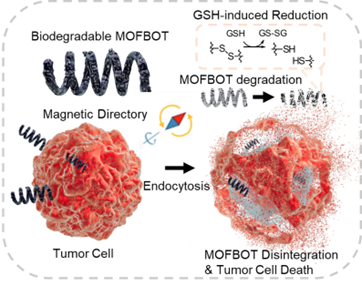
Aylin Aykanat studies the molecular engineering of porous materials, self-assembled from the bottom-up, for emergent function from strategically selected precursors to target desired structure-properties. Specifically, we focus m on metal-organic frameworks, covalent-organic frameworks, and crystalline coordination networks with tunable structure-property relationships as new materials aimed at addressing generational problems in biomedicine and environmental remediation.
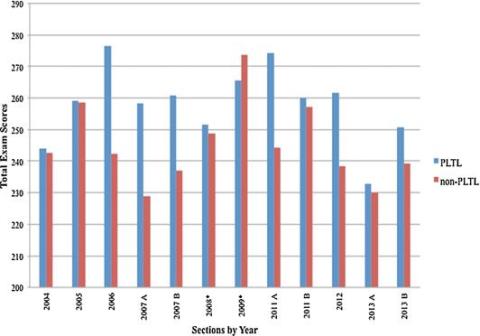
Christopher Bauer designs psychometrically sound assessments to measure chemistry understanding, attitude, and motivation, and studies how that information may be used to develop improved inquiry-based curricula that enhances student learning and success, particularly at the college level. This work includes fundamental studies of student misconceptions of atoms, molecules, chemical reactions, and phenomena.
Erik Berda studies the design and synthesis of polymers programmed to adopt discrete tertiary structures, their self-assembly, responsive "smart" polymers, and other complex macromolecular architectures.
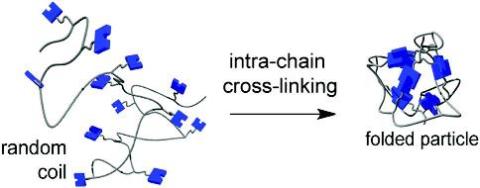
Christine Caputo designs and synthesizes new organic and organometallic complexes using Earth-abundant metals that can act as catalysts or precursors for the development of new photoactive materials. Current research projects employ photochemical and electrochemical techniques to study the catalytic conversion of small molecules into more valuable sustainable fuel precursors using sunlight.

needs alt text
Anyin Li uses new materials and devices to improve analytical performance of mass spectrometry (MS). Current research projects aim at 1) enhancing sample-utilization efficiency in tandem MS characterization, and 2) developing novel quantitation method. Using MS based technologies, the group also creates atomically dispersed (noble metal) hybrid material for applications in catalysis, diagnosis, and flexible electronics.

needs alt text
Chem. Commun., 2014, 50(47), 6221-6224
Gonghu Li is interested in bridging surface chemistry with molecular catalysis for solar energy applications. Particular projects include solar fuel generation by photochemical and photoelectrochemical CO2 reduction, TiO2 materials for energy and environmental photocatalysis.
Glen Miller performs research at the intersections of organic chemistry, materials science, and nanotechnology. His group synthesizes and characterizes both small molecules and derivatives of nanostructured carbons. They then utilize these species in structural materials and in thin-film electronic devices like photovoltaics and light emitting diodes.
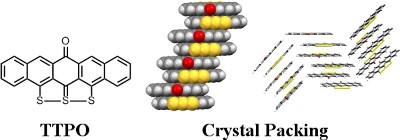
J. Phys. Chem. C., 2014, 118(46), 26955-26963.
Nate Oldenhuis creates new biomaterials, polymers, and supramolecular networks using tools and techniques from organic chemistry, biochemistry, and molecular biology. These new materials are used for a variety of applications from studying polymer network topology to drug delivery and 3D cell culture.
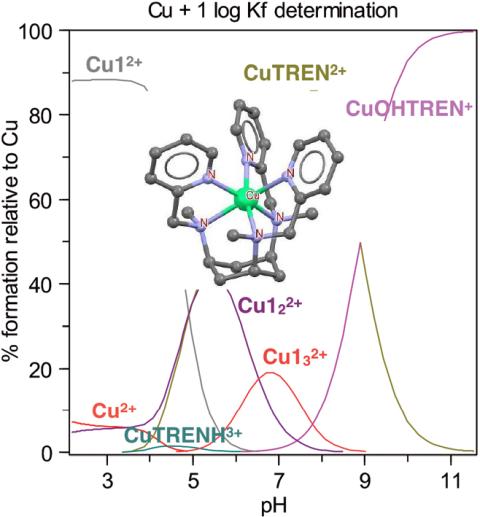
Roy Planalp studies Medicinal and Environmental Inorganic chemistry with a focus on iron, copper and zinc, both in essential and toxic senses of metal coordination and redox chemistry. We design ligands with conjugation to biomolecules and fluorophores to modulate cellular metal metabolism of healthy and diseased states. Environmental analysis, sensing and nuclear medicine are also of interest.
Brittany White-Mathieu uses organic chemistry for the development of fluorescent molecules that address major challenges in biology. Focusing on the essential roles of membranes in cells, these novel fluorescent scaffolds are designed to investigate cellular signaling pathways and enable super-resolution imagingof cellular structures. Inspired by the unique properties of macrocyclic strictures, the lab also aims to develop a new class of next-generation fluorophores with superior optical properties.
